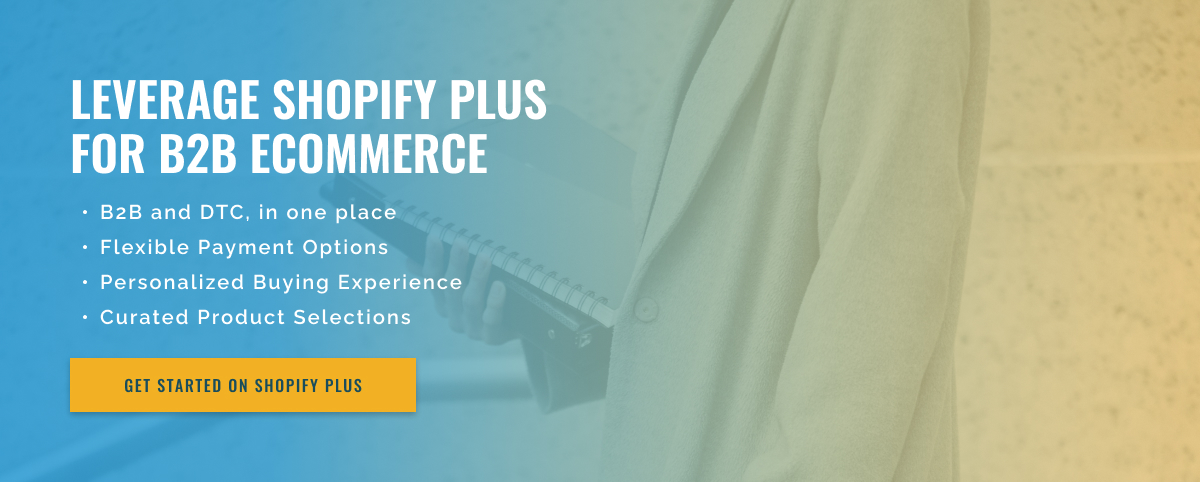3 minute read
Developer Success with Shopify API for B2B Integrations
As eCommerce continues to grow and evolve, many businesses are turning to platforms like Shopify for their B2B transactions. With its robust features and easy-to-use interface, Shopify has become an ideal choice for B2B integrations. However, working with the Shopify API can be a challenging task for developers due to its complexity and constantly changing updates. To ensure successful B2B integration, developers should follow a number of best practices when working with the Shopify API. In this blog, we’ll discuss some best practices that developers should consider when using the Shopify API for B2B integrations.
1. Understand the API Documentation: Before beginning any integration project, it is essential to carefully review the API documentation provided by Shopify. This gives developers a better understanding of the API’s capabilities, limitations, and best practices. By becoming familiar with the API, developers can avoid potential pitfalls and save time in the long run.
2. Implement Webhooks: Webhooks are a useful tool for developers to automate processes and receive real-time data updates from Shopify. By implementing webhooks, developers can receive notifications when a specific event occurs on the Shopify store. This can help streamline the integration process and improve overall system efficiency.
3. Use the correct API version: Shopify updates its API regularly and it is essential to use the latest version to ensure compatibility and access to new features. Additionally, staying on top of the latest version eliminates the risk of breaking integrations with future updates.
4. Secure Your Integration: Security should always be a top priority when working with any API, and Shopify is no exception. Developers must use secure coding practices and implement necessary security protocols to protect sensitive data. This includes using HTTPS for all API calls and securely storing API keys and credentials.
5. Test and monitor the integration: Extensive testing is essential to ensure that the integration works correctly and meets all requirements. It is also critical to regularly monitor the integration to identify and address any issues or errors.
By following these best practices, developers can ensure smooth and successful integration with the Shopify API for B2B transactions. They should also stay aware of any API changes or updates and adjust their integration accordingly. With these practices, companies can reap the benefits of streamlined and efficient B2B integration, boosting revenue and growth.

